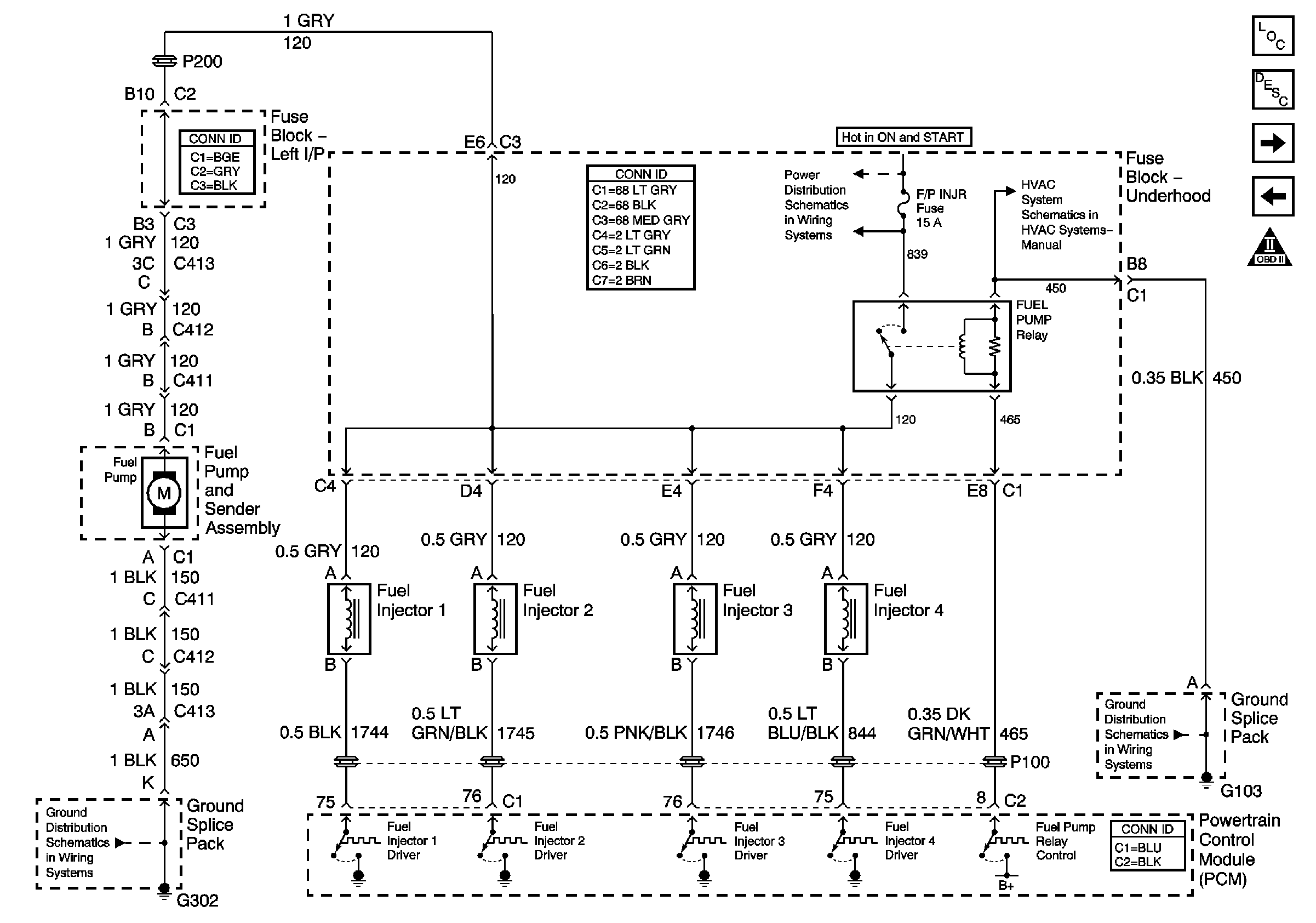Surges/Chuggles
Tests/inspections
| Action
|
DEFINITION: Engine power variation
under steady throttle or cruise. Feels like the vehicle speeds up and
slows down with no change in the accelerator pedal position.
|
Preliminary
|
| • | Search for service bulletins. |
| • | Be sure the customer understands the transmission torque converter
clutch, and the A/C compressor operation as explained in the owner's manual.
Inform the customer how the TCC and the A/C clutch operate. |
| • | Verify that the PCM grounds are clean, tight, and in the correct
locations. |
|
Sensor/System
|
| • | Oxygen sensor (O2S 1): The O2S 1 should respond
quickly to different throttle positions. If not, inspect the O2S 1
for silicon or other contaminants from fuel or the use of improper
RTV sealant. The sensor may have a white powdery coating. Silicon
contamination causes a high but false O2S 1 signal voltage
(rich exhaust indication). The PCM will reduce the amount of fuel
delivered to the engine, causing a severe driveability problem. |
| • | Test for correct operation of the manifold absolute pressure (MAP)
sensor. Refer to
DTC P0105
. |
| • | Test for the correct operation of the throttle position (TP) sensor.
Refer to
DTC P0105
. |
| • | Test for the correct operation of the engine coolant temperature
(ECT) sensor. Refer to
DTC P0117
and
DTC P0118
. |
|
Fuel System
|
| • | Inspect the fuel filter for restrictions. |
| • | Ensure that each fuel injector harness is connected to the correct
fuel injector. Refer to
Power, Ground, and Injectors

. |
| • | Check any items which can cause an engine to run rich (long term
fuel trim is significantly in the negative range). Refer to Diagnostic
Aids for
DTC P0172
. |
| • | Check any items that can cause an engine to run lean (long term
fuel trim is significantly in the positive range). Refer to Diagnostic
Aids for
DTC P0171
. |
|
Ignition System
|
| • | Test for the correct ignition voltage output with the J 36012-A
spark plug jumper wires and J 26792
spark tester or equivalent. |
| • | Inspect the spark plugs for the following conditions: |
| - | Any moisture or fuel fouling |
| - | Any burnt electrodes or heavy deposits |
| • | If the spark plugs are fuel or oil fouled, the cause of the fouling
must be determined before replacing the spark plugs. |
| • | Inspect the ignition control module (ICM) for a correct ground
connection. |
| • | Inspect the ignition coils for cracks or carbon tracking. |
|
Additional
|
| • | Test for correct operation of the TCC. Refer to
Road Test
in Automatic Transaxle. |
| • | Inspect the exhaust system for following conditions: |
| - | Any damaged or collapsed pipes. |
| - | Any heat distress or internal failure of the muffler. |
| • | Inspect the vacuum lines for kinks or leaks. |
If all procedures have been completed and no malfunctions have not
been found, test and inspect all the connections within the suspected circuit
and system.
Review the scan tool data. Refer to
Scan Tool Data List
.
|

